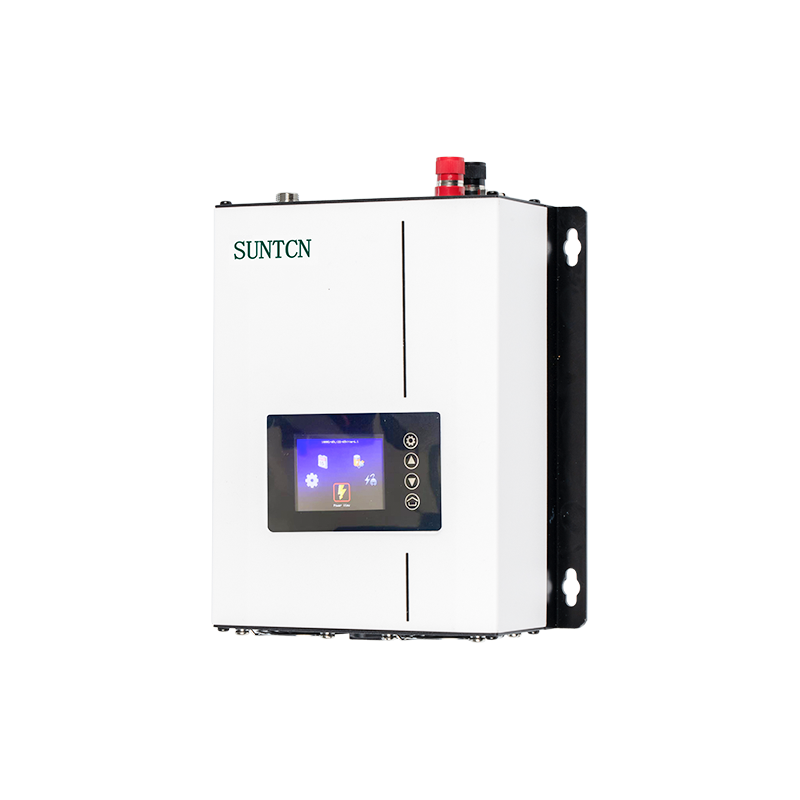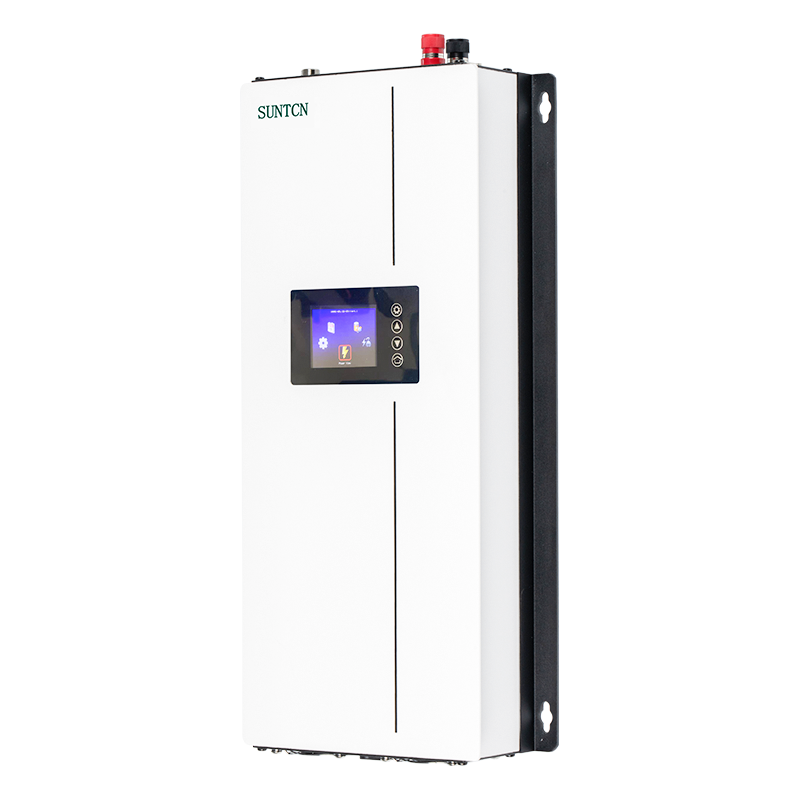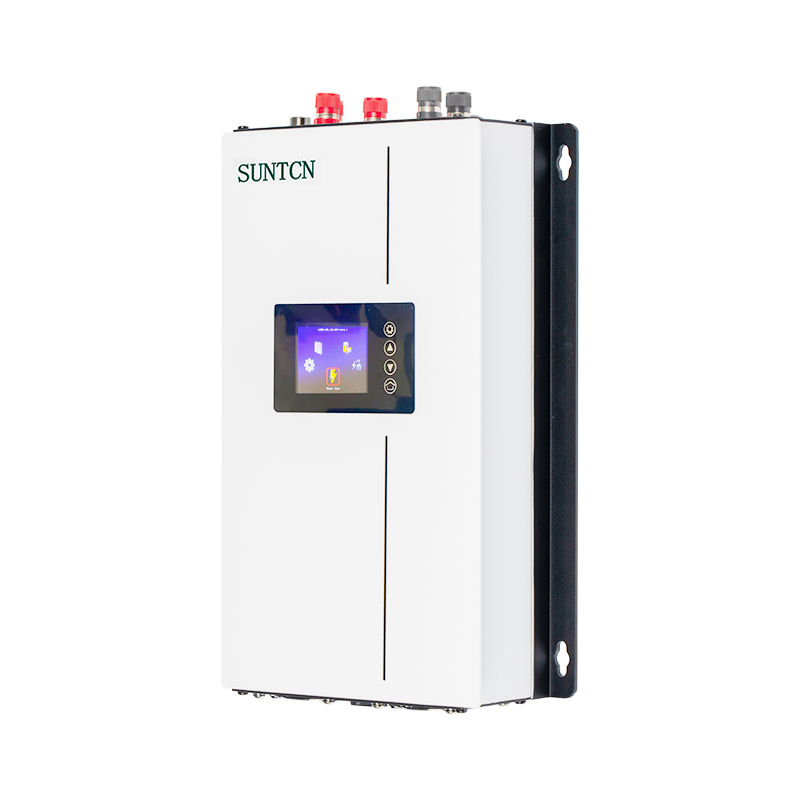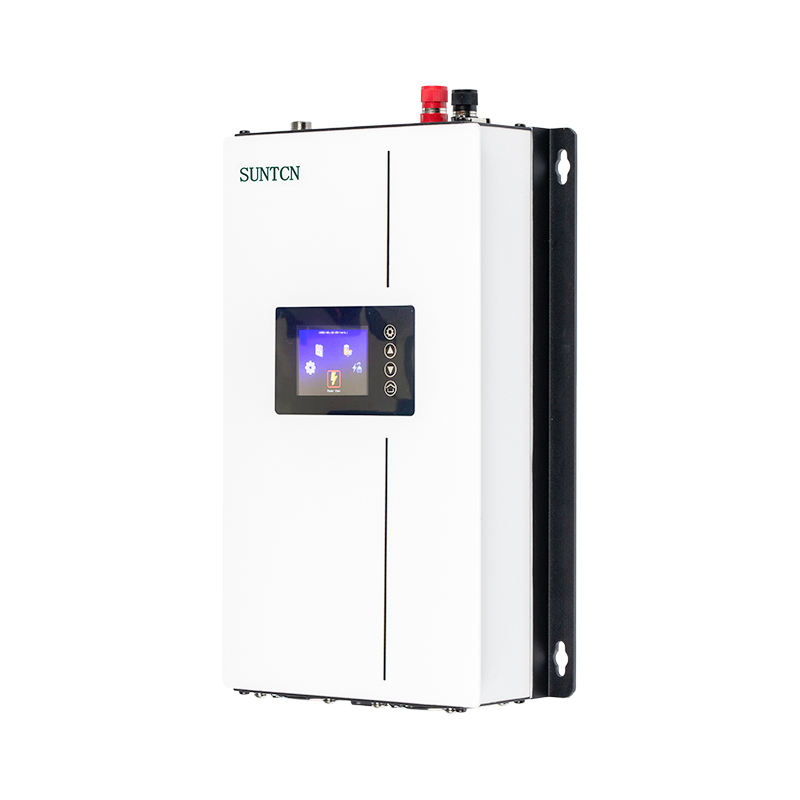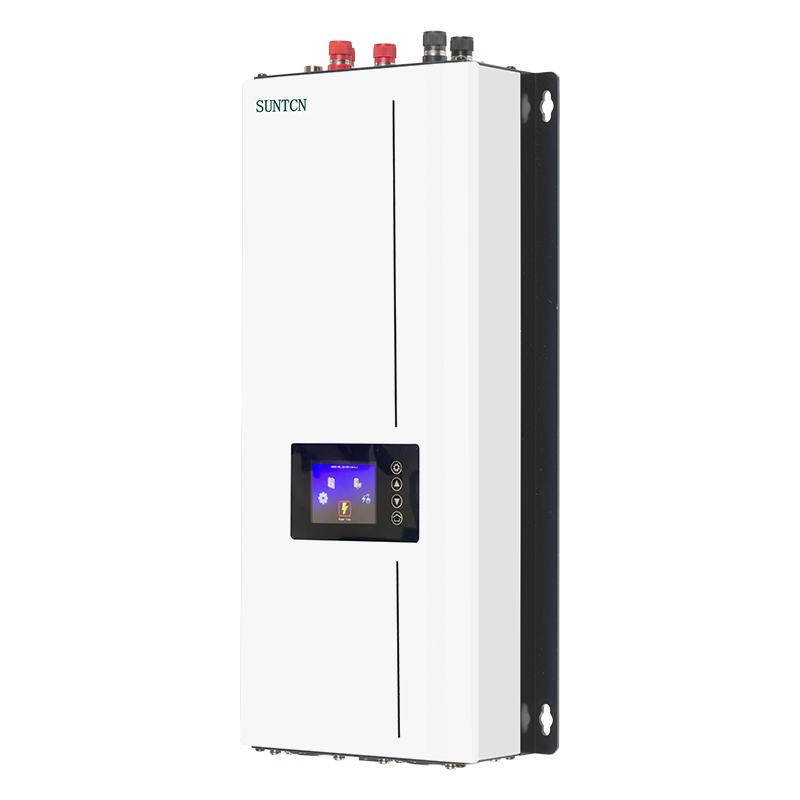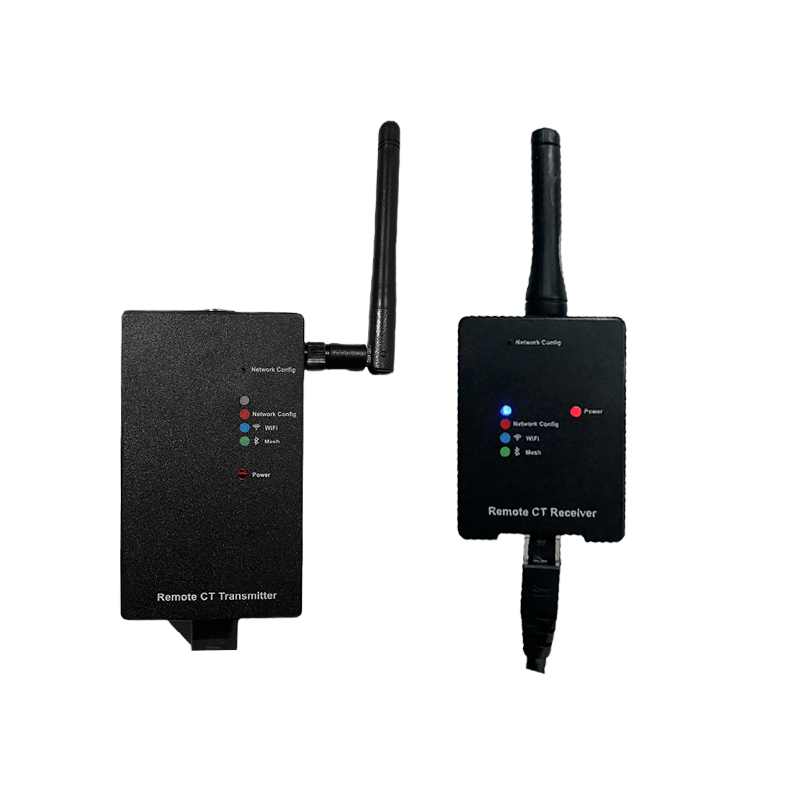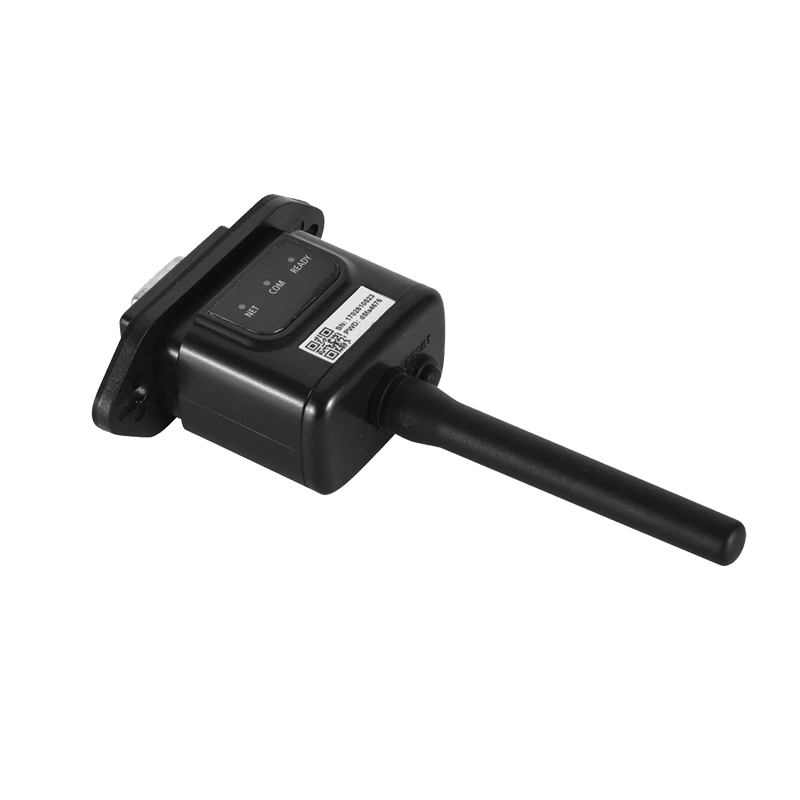With the growing global demand for renewable energy, solar energy is becoming increasingly important as a clean and sustainable form of energy. In a solar power generation system, Grid-Tie Inverter is a core component that not only converts the DC power generated by solar panels into AC power for home use, but also feeds excess power back to the public power grid to achieve efficient use of energy.
Unlike traditional off-grid inverters, grid-connected inverters do not need to rely on batteries for energy storage. It is directly connected to the national or regional power grid, giving priority to solar power when the sun is sufficient, and automatically obtaining power from the grid when the sun is insufficient, achieving seamless switching.
The working process of Grid-Tie Inverter mainly includes the following steps:
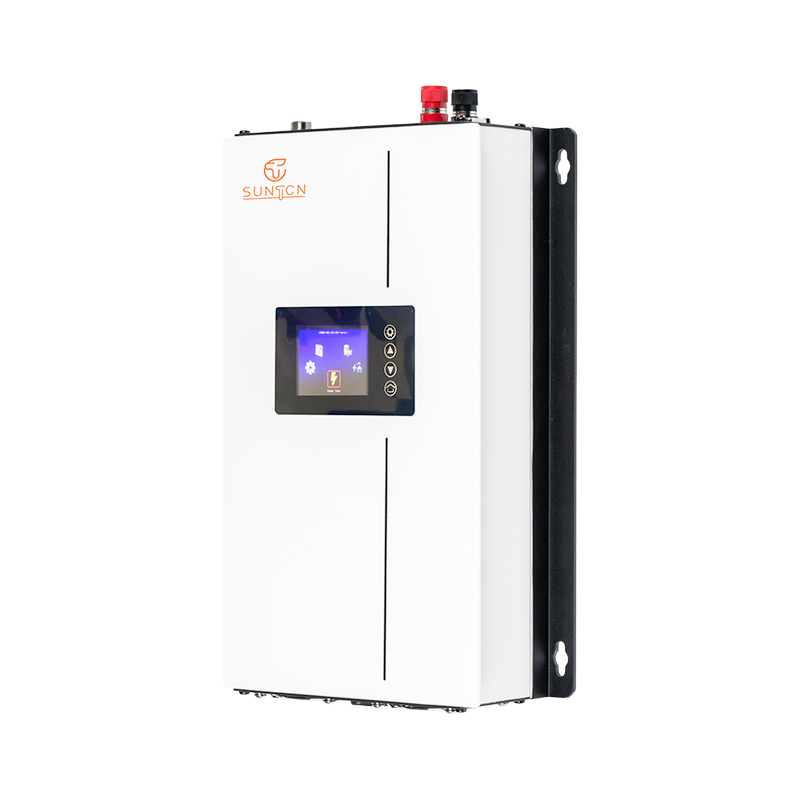
DC to AC conversion: The power generated by solar panels is DC, while household appliances and power grids use AC. The grid-connected inverter converts DC power into standard 220V/50Hz (or 120V/60Hz) AC power through internal circuits.
Synchronize with the grid: In order to safely feed power back to the grid, the grid-tie inverter must ensure that the output current frequency and voltage are exactly the same as the grid. This requires precise control algorithms to maintain synchronization.
Maximum Power Point Tracking (MPPT): Modern grid-tie inverters are usually equipped with MPPT technology, which can adjust the working state of the solar panels in real time to maximize energy extraction.
Safety protection mechanism: In the event of a power outage, the grid-tie inverter will automatically shut down to prevent the "island effect" from occurring and ensure the safety of maintenance personnel.
Advantages of Grid-Tie Inverter
Solar systems using Grid-Tie Inverter have many significant advantages:
Cost savings: No expensive battery energy storage system is required, which reduces initial investment.
Environmental protection and energy saving: Make full use of solar energy, reduce dependence on fossil fuels, and reduce carbon emissions.
Intelligent feedback: Excess electricity can be fed into the grid, and some areas also support the "net metering" policy, so users can get electricity bill deductions or even benefits.
Easy maintenance: Since there is no battery system, the grid-tie system has lower maintenance requirements and a longer life.
Application Scenarios
Grid-Tie Inverter is widely used in residential, commercial and industrial solar power generation systems. It is especially suitable for areas with stable power supply and high electricity prices. For example:
Rooftop photovoltaic systems for urban residents
Solar power generation projects for commercial buildings
Distributed energy systems in farms or industrial parks
With the advancement of technology and policy support, Grid-Tie Inverter is becoming an important tool to promote the popularization of green energy. It not only simplifies the structure of solar energy systems and improves energy utilization, but also provides ordinary households and businesses with the opportunity to participate in the clean energy revolution. In the future, with the development of smart grids and energy Internet, Grid-Tie Inverter will play a more critical role in building a low-carbon and sustainable energy system.

 English
English Español
Español Deutsch
Deutsch